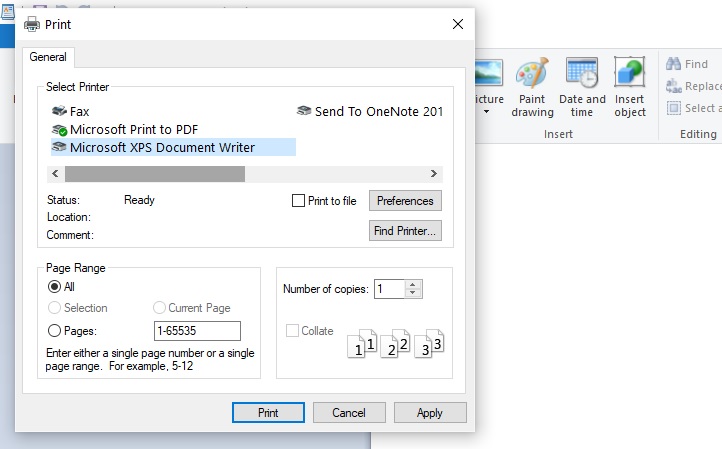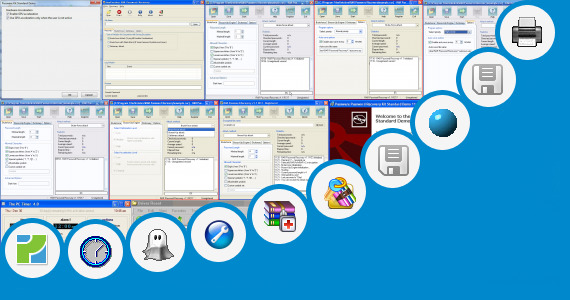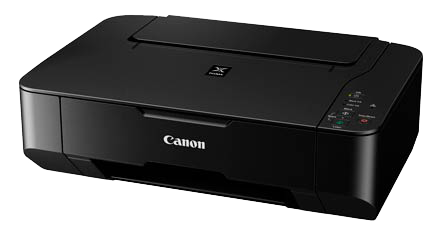

- #DIFFERENCE BETWEEN MP AND XPS PRINTER DRIVERS HOW TO#
- #DIFFERENCE BETWEEN MP AND XPS PRINTER DRIVERS INSTALL#
- #DIFFERENCE BETWEEN MP AND XPS PRINTER DRIVERS DRIVERS#
- #DIFFERENCE BETWEEN MP AND XPS PRINTER DRIVERS DRIVER#
It appears that either I was wrong, or I just can't figure out how to do it. I assumed when I bought this laptop that there would be certain common sense options, such as the ability to use only the NVIDIA card when on A/C power, and/or the ability to force usage of one card or the other. As with most laptops with NVIDIA cards these days, it's got the 'Optimus' feature, which switches between the integrated Intel HD graphics and the much more powerful NVIDIA card seamlessly, with the goal of providing better battery life. I've got a new Dell XPS 15 (L502x) with an NVIDIA GeForce 540M, Intel Core i7Q 2.2 Ghz, and Crucial RealSSD hard drive.
#DIFFERENCE BETWEEN MP AND XPS PRINTER DRIVERS DRIVER#
To use the XPS printer driver, the standard printer driver must already be installed on. The XPS printer driver is suited to print from an application software that supports XPS printing.
#DIFFERENCE BETWEEN MP AND XPS PRINTER DRIVERS INSTALL#
On Windows Vista SP1 or later, you can install the XPS printer driver in addition to the regular printer driver. Windows 10 has been added as a supported OS.
#DIFFERENCE BETWEEN MP AND XPS PRINTER DRIVERS DRIVERS#
XPS printer drivers supports 16-bits per color (bpc) printing, which enables more smooth gradation printing than the current drivers (8-bpc printing). (Optional) This is an advanced printer driver. Asus Transformer 3 Pro T303UA review – a beefed up alternative for the Microsoft Surface Pros. After that I found the UFRII_XPS_V200_Win_uk_EN_02 (an XPS Driver) v.600 and it works fine, now I can print in color. The PXL or pcl6 driver can be used as alternative to PostScript if the printer has problems in PostScript mode, like interpreter bugs or low memory.

In the Printer Driver Selection dialog box, on the left, select your printer manufacturer, on the right, select your printer driver, select Next, select Finish, and follow the instructions to add your driver.įollow the instructions in the section above to remove and reinstall the printer.May 14, 2012. In the Processor Selection dialog box, select your device’s architecture, and then select Next. If you don’t see your printer listed, select Add, and in the Welcome to the Add Printer Driver Wizard, select Next. On the Drivers tab, see if your printer listed. On the right, under Related Settings, select Print server properties. If you double-click the installation file and nothing happens, follow these steps: Wait for your device to find nearby printers, choose the one you want, and then select Add device. Under Printers & scanners, find the printer, select it, and then select Remove device.Īfter removing your printer, add it back by selecting Add a printer or scanner. Select the Start button, then select Settings > Devices > Printers & scanners. Then follow these steps to remove and reinstall the printer. After you download them, double-click (or double-tap) the file to begin installing it. Locate and download the latest driver for your printer model, then follow the installation instructions on the manufacturer’s website. Some support sites let you search for your printer model number directly.

To find that, search the internet for the name of your printer manufacturer plus the word “support,” such as “HP support.”ĭriver updates are often available in the “Drivers” section of a printer manufacturer’s website. Check your printer manufacturer’s support site.


 0 kommentar(er)
0 kommentar(er)
